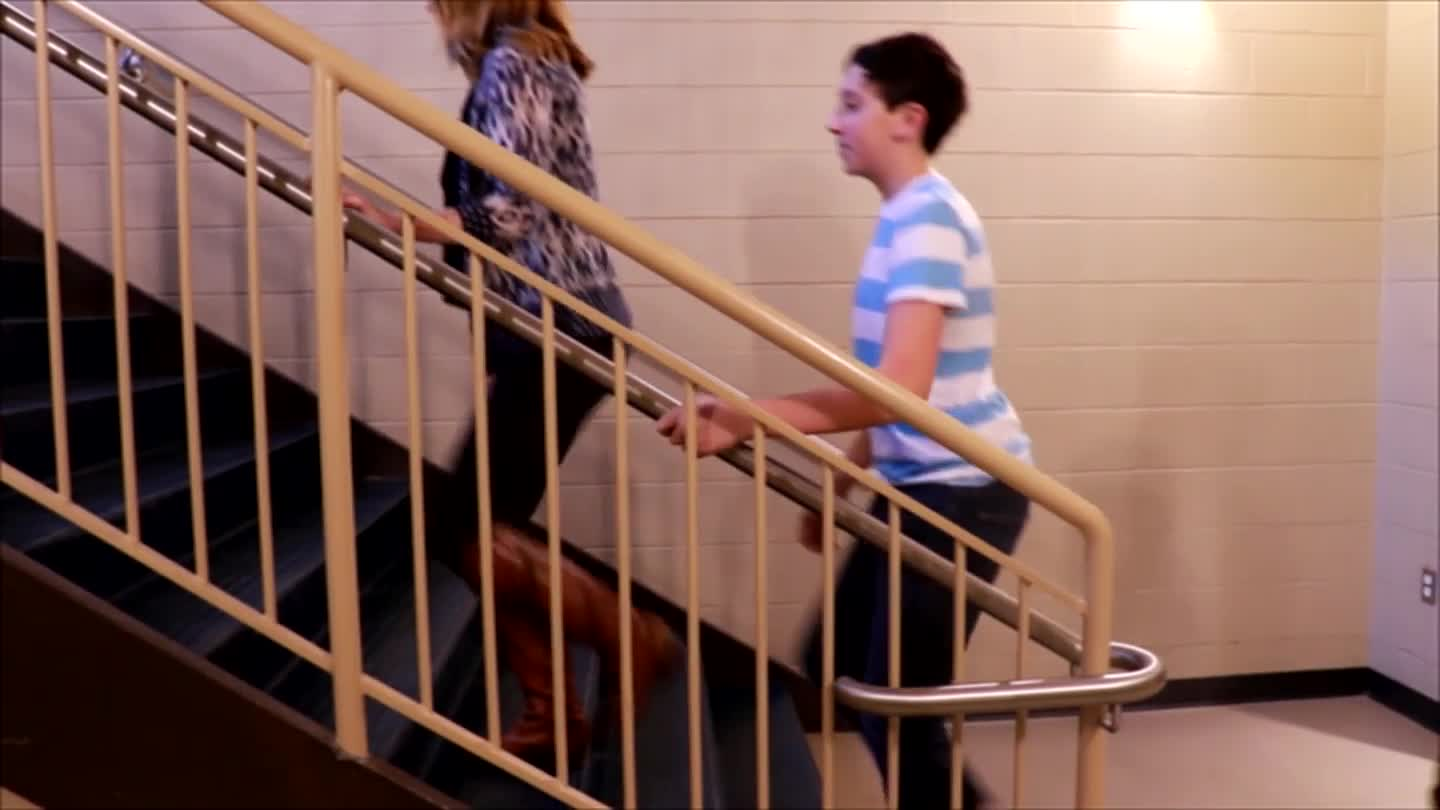Individualized Education Programs (IEPs) play a critical role in addressing the unique needs of students with special education requirements. One essential aspect of IEPs is the development of target skills, which can significantly impact a child’s learning, social interactions, and wellbeing. This blog post will discuss the importance of target skills in special education, the role of specialists in supporting their development, and how to create effective IEP goals to improve these skills in PreK students.
Understanding Stair Safety and Group Dynamics
The target skill in this context is the ability to safely navigate stairs while maintaining appropriate group dynamics. This skill involves walking slowly and quietly, keeping a safe distance from others, and holding the railing for safety. By developing this skill, students can enhance their physical safety, improve their social interactions by respecting personal boundaries, and boost their overall wellbeing.
The Role of Specialists
Various specialists can support the development of the target skill in students:
- Speech-Language Pathologists: Can help students understand and follow verbal instructions related to stair safety and group dynamics.
- Social Workers: Can work with students to develop appropriate social skills and understand personal boundaries in group settings.
- Psychologists: Can address any underlying emotional or behavioral challenges that may impact a student’s ability to develop the target skill.
- School Counselors: Can provide guidance and support to students and their families in developing and implementing IEP goals related to the target skill.
IEP Goals for Stair Safety and Group Dynamics
Here are some specific SMART IEP goals to improve stair safety and group dynamics in PreK students:
- Goal: The student will demonstrate safe stair navigation by walking slowly, quietly, and holding the railing in 4 out of 5 opportunities.
- Strategy: Provide visual cues and reminders about stair safety rules.
- Activity: Practice walking up and down stairs with adult supervision and feedback.
- Goal: The student will maintain appropriate group dynamics by staying within a designated distance from others in 4 out of 5 opportunities.
- Strategy: Use visual aids to illustrate appropriate personal space boundaries.
- Activity: Engage in group activities that require maintaining personal space, with adult guidance and reinforcement.
Implementing and Measuring Progress
When implementing these IEP goals, it is essential to collaborate with the various specialists, provide consistent reinforcement and feedback, and adapt strategies as needed. To measure progress, consider using a combination of observations, checklists, and data tracking tools. Regularly review and update the IEP goals to ensure they continue to meet the student’s needs and promote growth in the target skill.
Conclusion
Developing effective IEP goals for target skills, such as stair safety and group dynamics, is crucial for supporting the growth and success of PreK students with special education needs. By working together with specialists and implementing evidence-based strategies, educators can make a positive impact on their students’ learning, social interactions, and wellbeing. We encourage you to apply these IEP goals in your practice and invite you to explore more resources at Everyday Speech Sample Materials.






